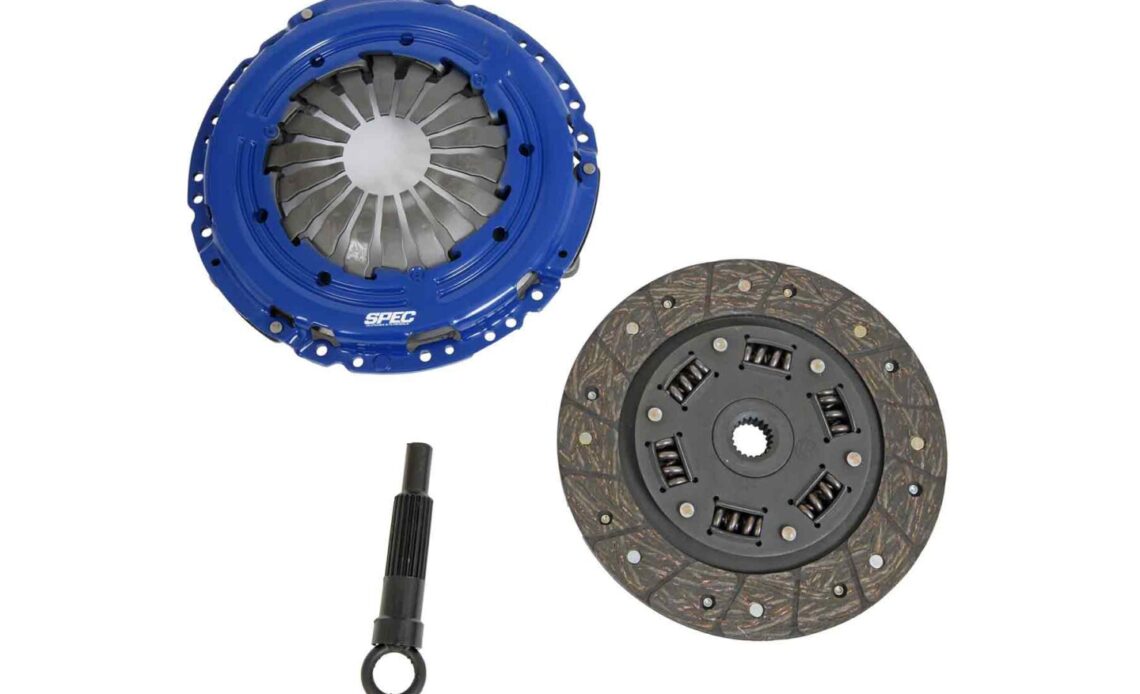It is easier than ever to generate significant horsepower with modern engines, however, you’ll need a clutch capable of handling all the power if you plan on using any of it. With modern muscle cars easily producing 500 and 600 lb-ft of torque, and more, you’ll require substantial more power-holding capability, and a twin-disc clutch might just be what you need.
We all desire to experience the enhanced power output behind the wheel, but we must also consider that our cars, unless they are ground-up race car builds, were originally designed to meet OE specifications, and their components operate within certain design parameters. Modifying the vehicle to improve performance often necessitates pushing components beyond their intended limits, leading to potential failures — unless you upgrade them beforehand.
Coming In Clutch
In a manual-transmission application, the clutch assembly is often the first component to exhibit an inability to cope with the newfound power. Bolt-on components can add up to 100 horsepower in some cases, while supercharger and turbocharger systems can offer 200-plus. Considering that newer cars are increasingly heavier and traction has improved, it’s easy to understand that a stock clutch won’t last nearly as long as it could have in a completely stock situation. Aftermarket companies like SPEC Clutch have risen to the challenge of designing and manufacturing performance clutches, and the go-to unit for many modern muscle cars is the twin-disc clutch assembly.
Singles Only
In a standard clutch assembly, a flywheel is bolted to the crankshaft, and a pressure plate is fastened to the flywheel. Between the two is a single clutch disc that spins on the input shaft of the transmission. This clutch disc has friction material on it that grips the flywheel surface when the pressure plate applies force on the disc. Engaging the clutch pedal releases the pressure, allowing the engine to spin freely and independently of the transmission, facilitating gear changes. The clutch pedal is used to modulate the pressure, gradually engaging the clutch disc and initiating vehicle movement.
A typical aftermarket, single-disc clutch assembly can be equipped with a variety of friction materials, usually selected based on the application. In a street application, the goal is to balance the engagement profile with power-holding capability, while a racing application prioritizes power-holding capability above all else. However, a single clutch…
Click Here to Read the Full Original Article at DragzineDragzine…

